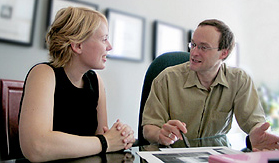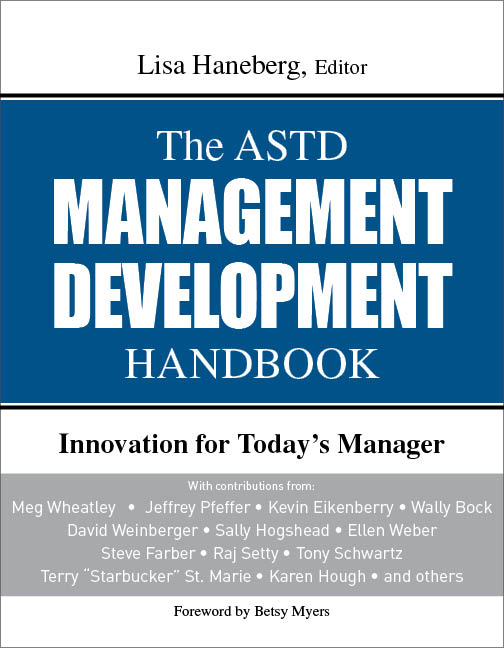This is the third in our series, Six Sins in the Hiring Interview.
- Missing important (and obvious) clues during the interview
- Head trash, the distraction of the stereotype in the back of your head
- The fatal decision in the first three minutes of the interview
- Losing control, losing your head, losing your wallet
- Asking the wrong (stupid) interview questions
- Getting beat in the paint
This series is a prelude to our Hiring Talent Summer Camp.
The Fatal Decision in the First Three Minutes
The iris of the eye opens and she knows she is in love. No matter that he is a drunk, a cheat and a thief. This chemical attraction is a non-verbal response that is as damaging to the resulting marriage as it is in the interview room.
- “I liked that candidate as soon as I saw him. Reminded me of an old college roommate of mine. Smart guy. This candidate must be smart too.”
- “I made up my mind in the first three minutes. Sometimes, you just know!”
- “Normally, I would reject a candidate without experience, but there was something I noticed as soon as we sat down.”
- “I don’t know why we have to interview the person for an hour. My mind was made up in the first three minutes.”
You never get a second chance to make a first impression. Works both ways. How often do we make up our mind about someone in the first few moments of the interaction? What kind of damage could that do to the hiring process?
It’s actually okay to have a first impression, just not okay to make a hiring decision based on it. It’s all about the work. What’s the Level of Work? How is the work organized? What problems have to be solved? What decisions have to be made? These are the questions that balance your first impression.
Our Hiring Talent Summer Camp begins next Monday, June 18, 2012. It’s online, and you will have several chances to make that first impression.

